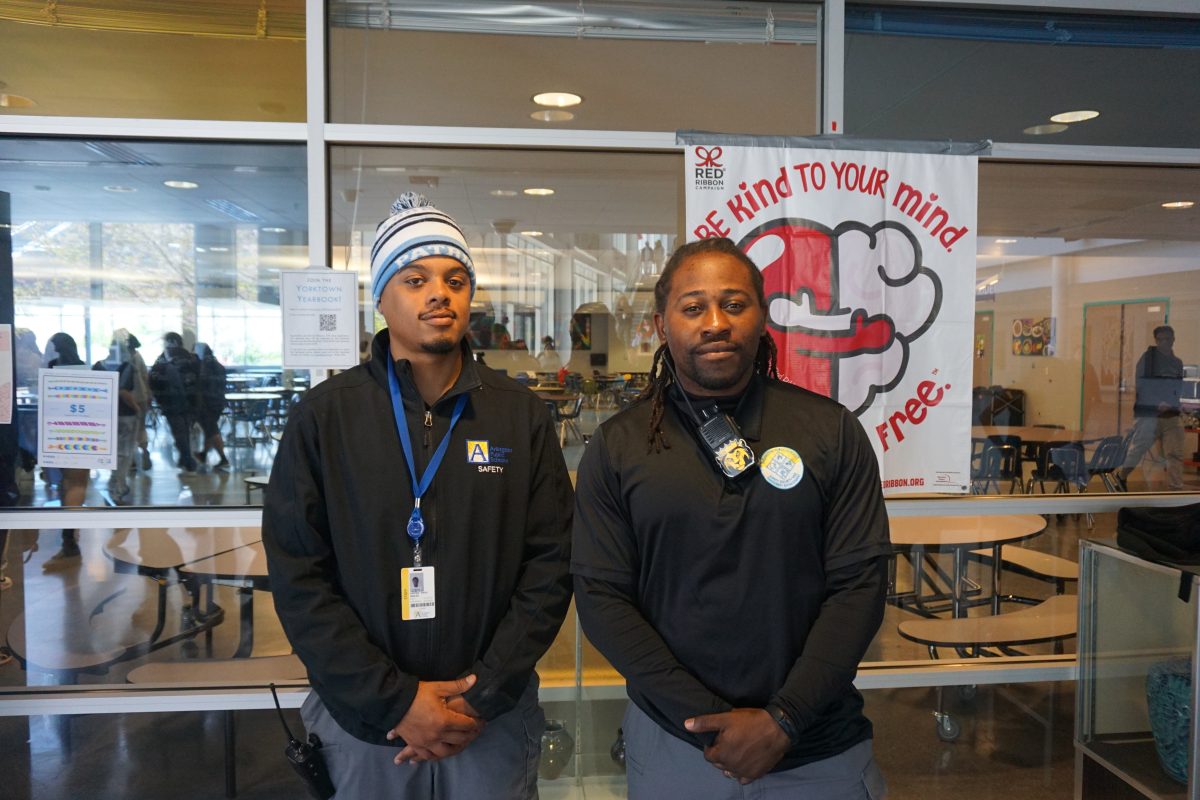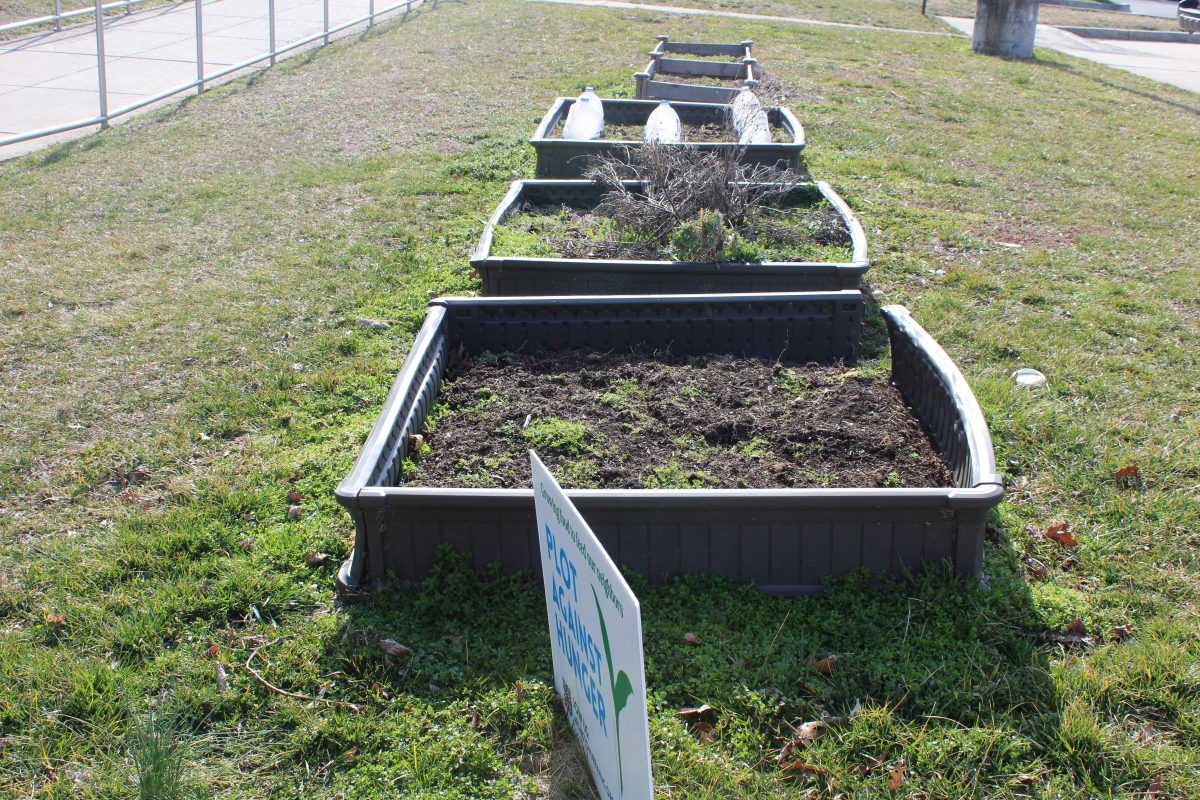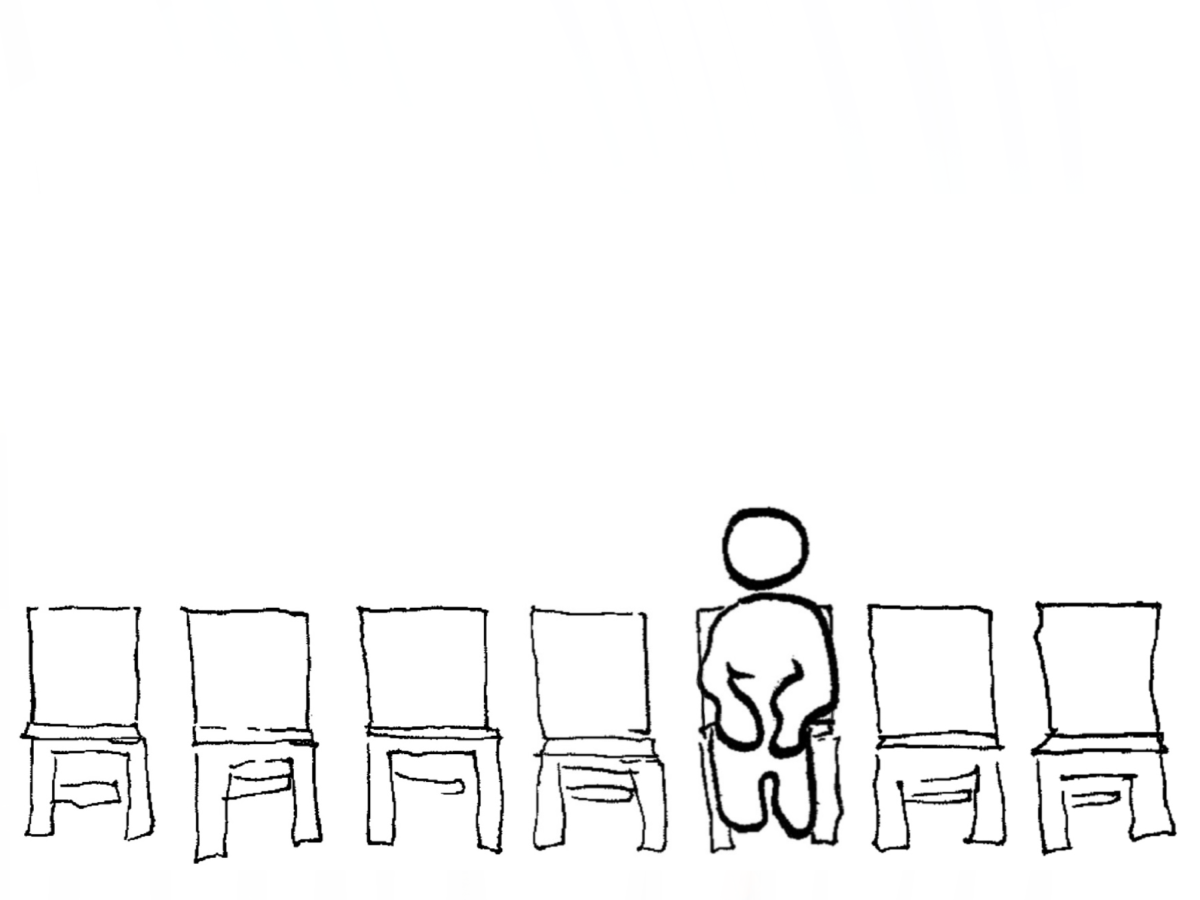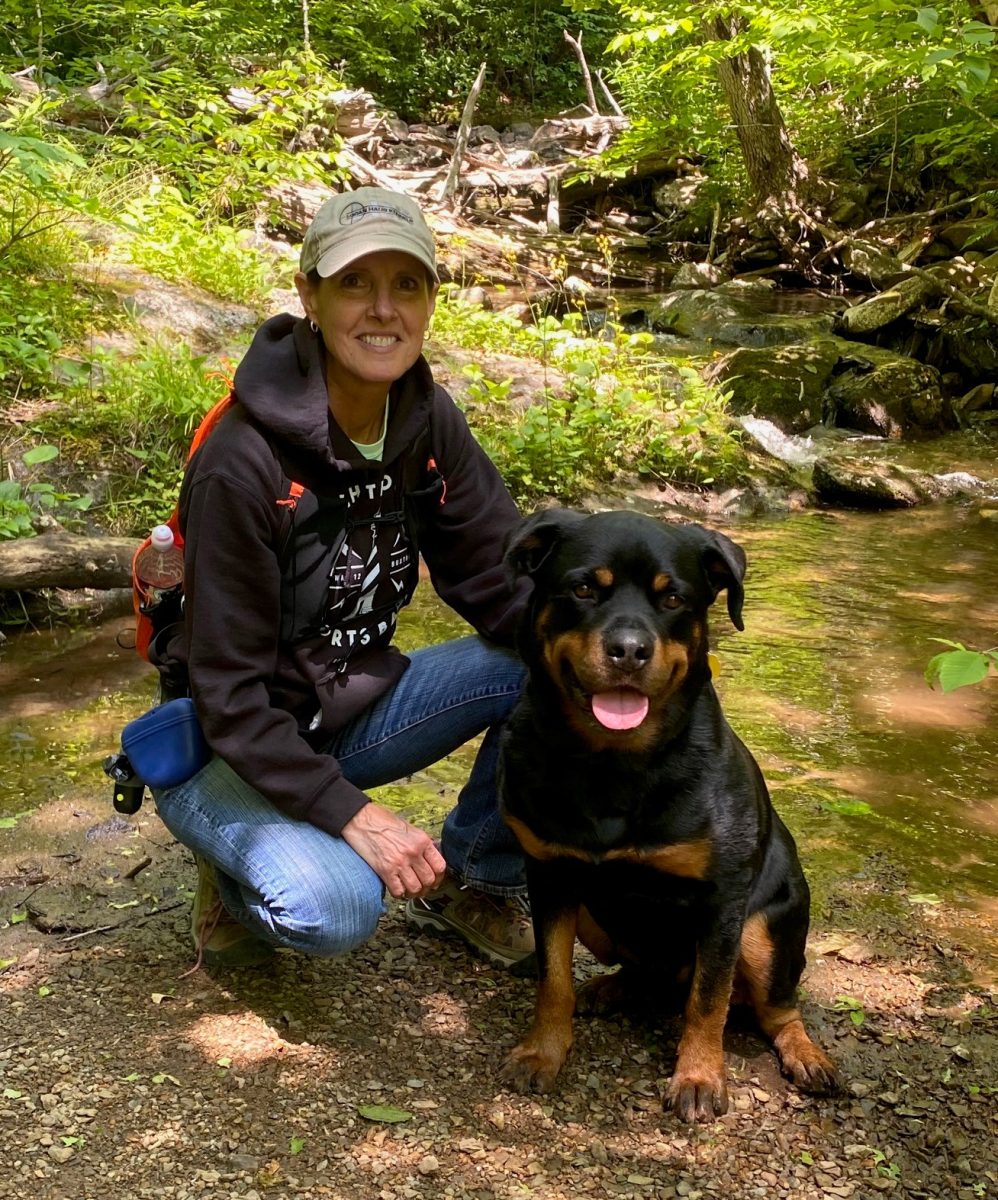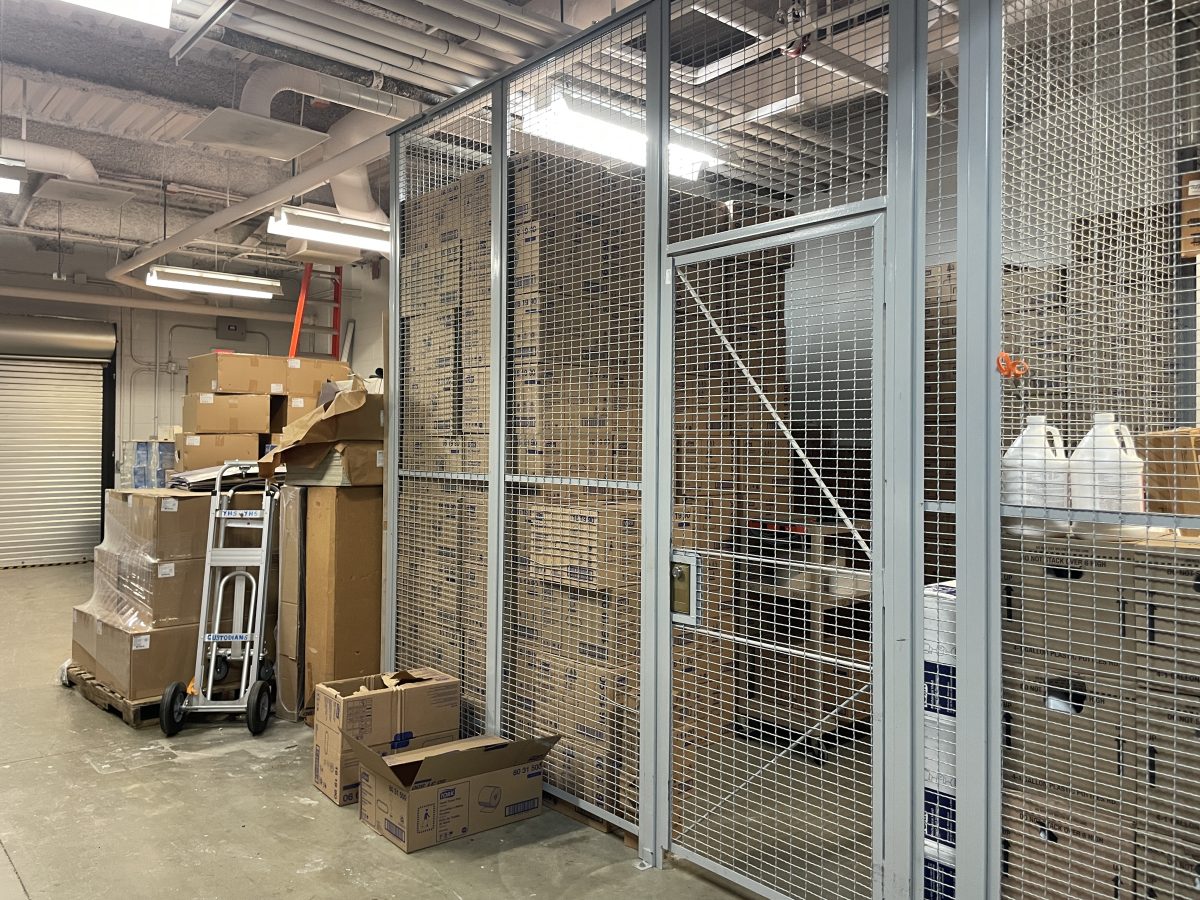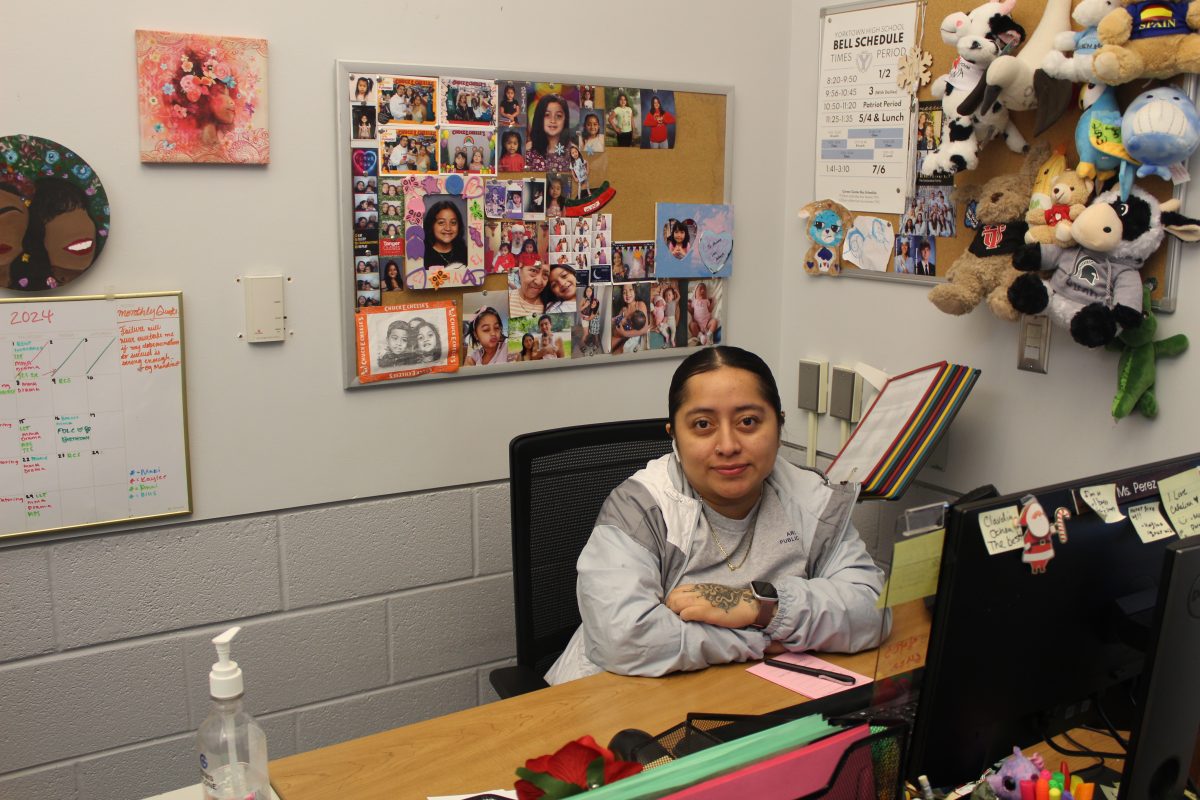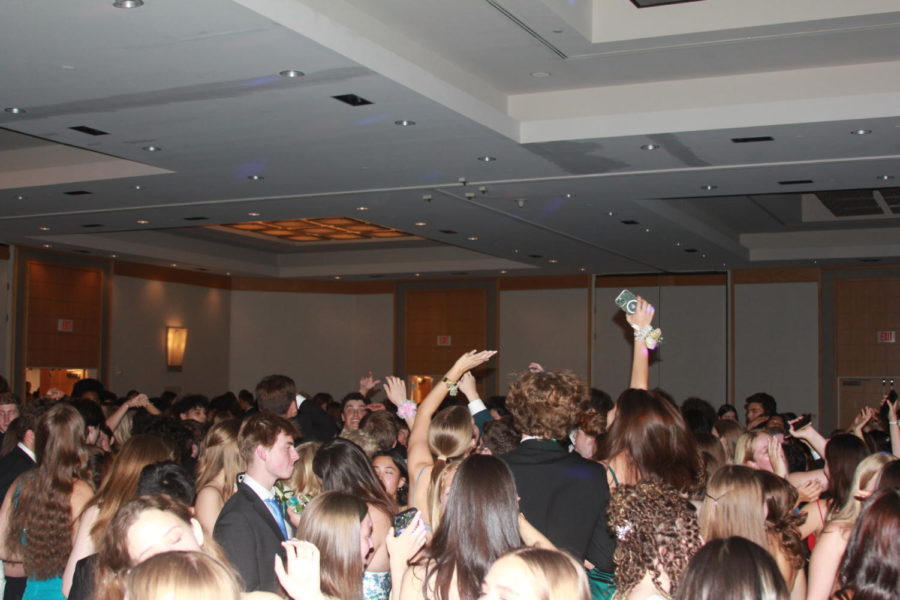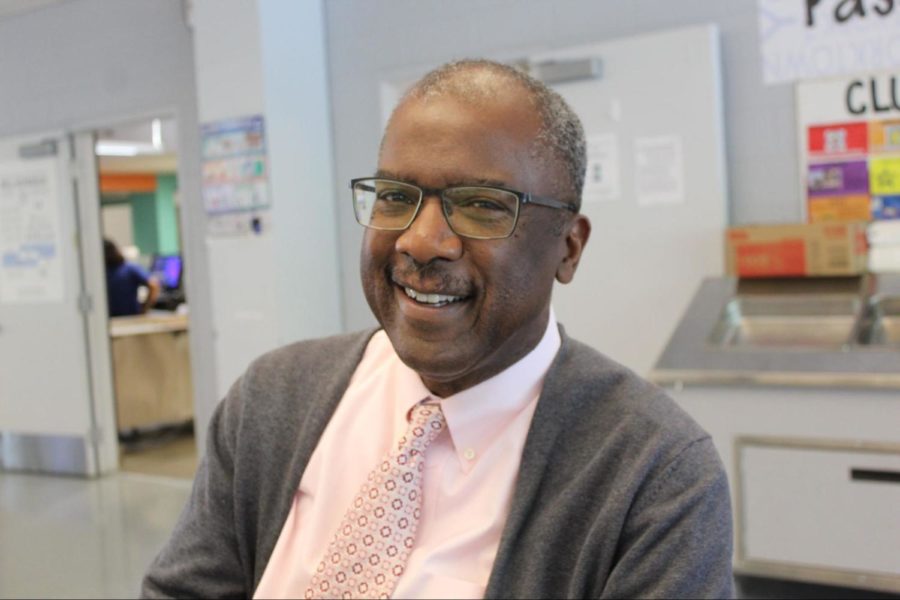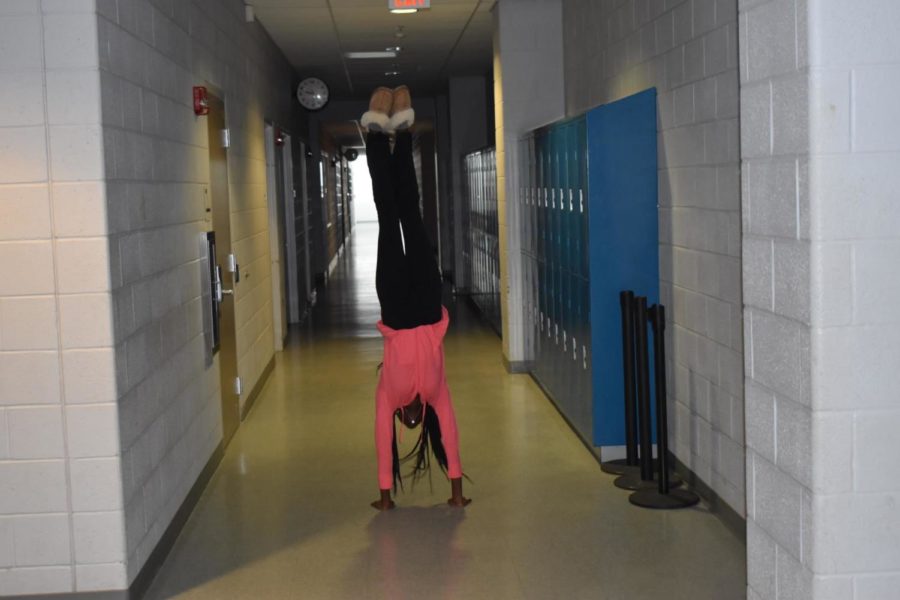Sexual assault is defined as any type of sexual contact or behavior that occurs without the explicit consent of the recipient. Falling under the definition of sexual assault are sexual activities such as forced sexual intercourse, forcible sodomy, child molestation, incest, fondling, and attempted rape. According to the National Sexual Violence Resource Center (NSVRC), April is Sexual Assault Awareness Month. In 2017, NSVRC is aiming to engage new voices:
“The focus will be on involving coaches, faith leaders, parents, Greek Life, and bystanders with preventing sexual assault. Many groups know about sexual assault and believe it is a problem, but they don’t know how they can help.”
Locally, organizations like Doorways for Women and Families are campaigning for an end to assault worldwide. At Yorktown on April 24, Roger Canaff, came to speak to the Child Development classes during third and fourth period to speak about recognizing and preventing child abuse. Canaff is known nationally, has been on Cable News Network (CNN) and has pieces published in the Washington Post. Canaff was a prosecutor in Alexandria, and was the Deputy Chief of the Sexual Abuse unit in New York for some time. He also teaches undergraduates and law students. The information provided by Canaff was directed at victims of child sexual assault specifically, but also was extremely informational for any audience.
Child Sexual Assault has been happening since the beginning of civilization, but in the last forty years it has been in the spotlight of society and culture more than ever before. Canaff was quick to stress the importance of creating communities where this dialogue can be picked apart and discovered. He also shared some of the most shocking realities of child sexual assault:
- Most sexual exploitation of children is never reported to anyone
- No research supports the idea that children regularly lie about sexual abuse or that children are more suggestible than adults
- Most abuse of children is serial abuse, not a one time act
- Most offenders are protected by one institution or another
- Most offenders are predatory: exploit of trust, use multiple strategies to make victims vulnerable, seek out vulnerable situations, usually plan and premeditate offending on children and engage in grooming
Grooming is defined as the slow draw of the child into sexual activity through series of acts over time that increase gradually. The closer the relationship to the child, the more patient the assaulter will be with grooming and the less likely the child will be to report the assault. Grooming across the lifespan works in a method that depends on a child’s age, developmental level and relationship. With adolescents “lover or teacher” relationships are more often used. With small children, manipulating them by loving and playing with them are tactics used to groom and then eventually assault them. Children are not the only ones groomed as families, institutions and entire communities can be manipulated.
Child sexual abuse is such a widespread epidemic that the Center for Disease Control (CDC) has done extensive research on it, finding that one in every three girls and one in every six boys will be victims of this crime. However, that can change if this generation speaks up about the assault and aims to create safe spaces for victims to speak about their trauma. If you or someone you know has been assaulted, contact Doorways for Women and Families at (703) 237-0881 for their 24 hour domestic and sexual violence hotline, and please talk to a trusted individual in your circle.


